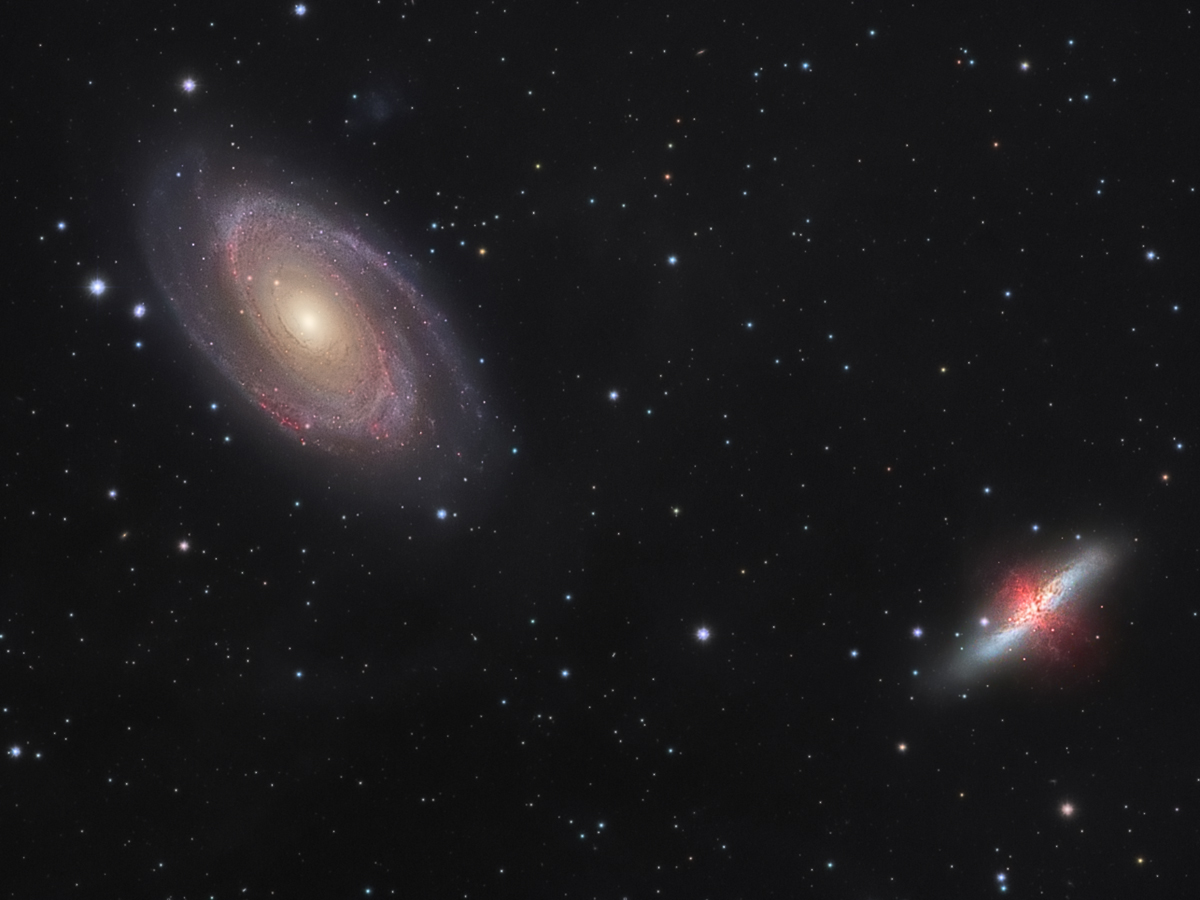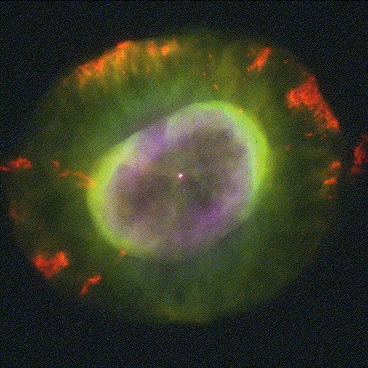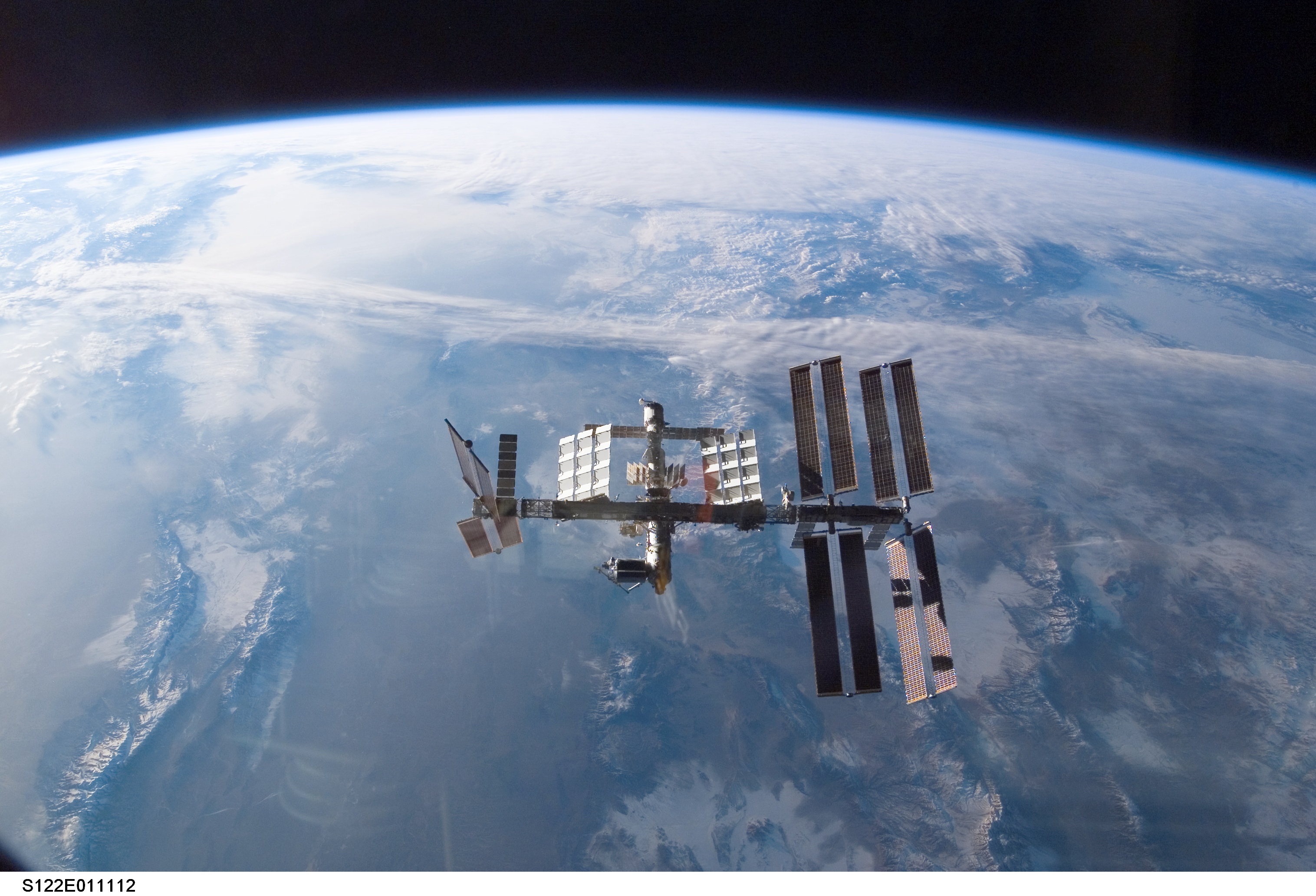
Asaph Hall was born in Connecticut in 1829. He originally planned to work as a carpenter, but later decided to enroll in classes at Central College in New York. In 1856, Hall began a career at Harvard where it was discovered that he had a special talent for calculating the orbits of celestial objects.
After working at Harvard for six years, Hall took a job at the US Naval Observatory. Here, he quickly gained responsibility, and in 1875, he was made in charge of the largest refractor telescope in the world, USNO 66 cm/ 26in. In 1896, Hall returned to Harvard where he became a professor of astronomy, but not before making several important discoveries.
While working in Washington DC, Hall discovered a spot on the surface of Saturn that helped him determine the orbital speed of the planet. He later calculated the orbital patterns of Saturn’s moons. Hall’s most famous accomplishment was his discovery of the two moons of Mars, Phobos and Deimos. Hall named the two moons after the sons of Ares, the God of War. The names mean fear and panic.
Hall published a number of works including Determination of Aberration Constant, which he wrote while working as the Director of the Detroit Observatory at the University of Michigan. In this work, he discussed the parallax. Hall used parallax on his measurements for the size and distance of the Pleiades.
In 1879, Hall received the Gold Medal of the Royal Astronomical Society, the award’s highest honor. There are also craters on the Moon and Phobos named after Hall. Hall, who died at age 78, also did work in the area of mathematics. He inspired Captain O.C. Fox’s experiments involving random sampling. Hall’s contributions to astronomy have had an undeniable impact on the science.




